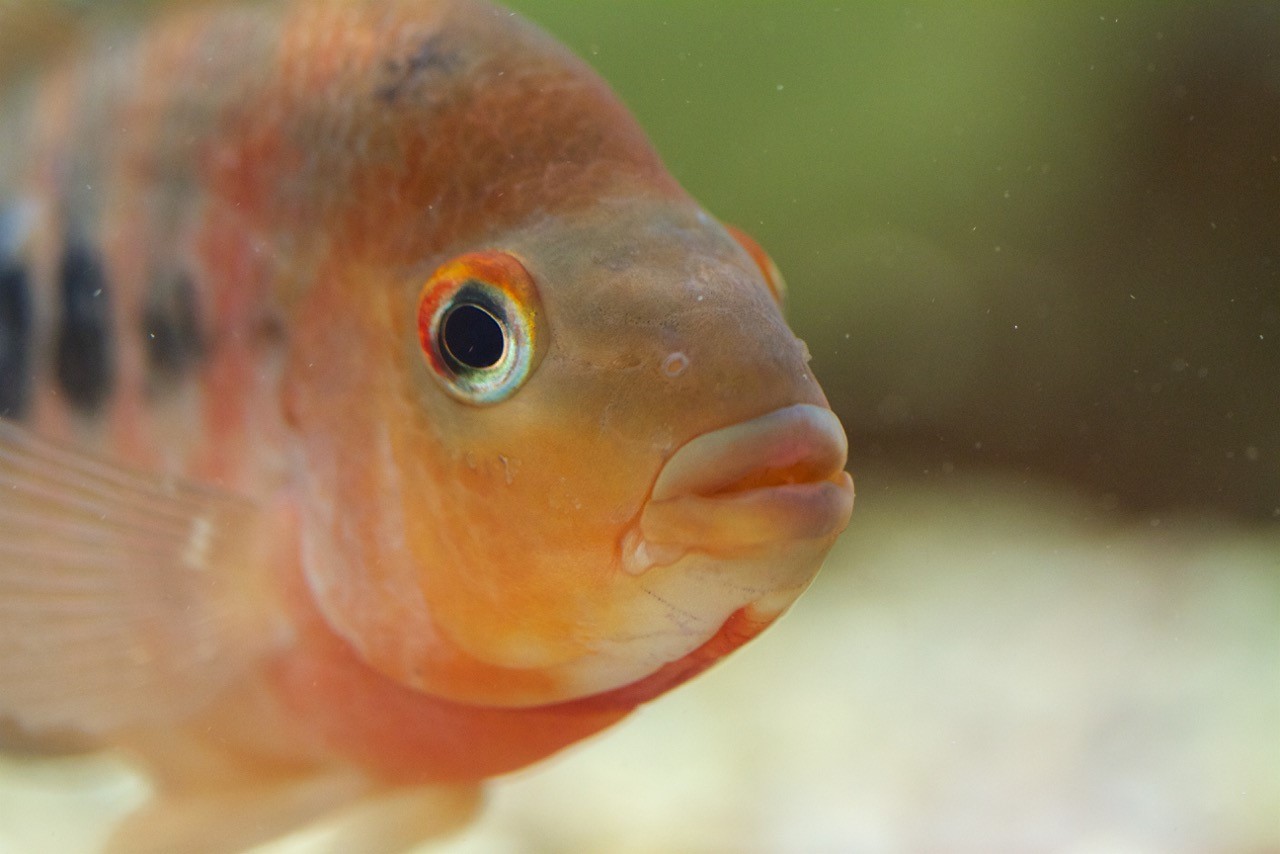New research published in Evolution Letters uses a natural experiment to gain insight into the roles of contingency and determinism in evolution. Science blogger Luke Turner tells us more.
Life has been evolving since it began on Earth, but just how predictable is the course of evolution? Another way to look at this question might be to ask; if we were to replay the tape of life and let evolution repeat itself, how similar would the natural world look to its current form? Some believe that it would adopt a completely new format and likely lack humans. This school of thought was led by Stephen J. Gould, who believed that contingency is the most important part of evolutionary theory. On the other hand, people such as Simon Conway Morris argue that evolution is deterministic and therefore predictable, with humans being inevitable products.
Debates between these two opposing theories are ongoing, with evidence suggesting that both contingency and determinism have important roles to play. One way to investigate the relative importance of these driving forces is to study cases where different lineages have colonised the same environment. If ecological and genetic differences result in species-specific evolutionary outcomes, this would provide support for contingency. In contrast, if the shared selection pressures of the same environment lead to similar characteristics across species, this would indicate that evolution is more predictable.
Brand new research by Härer et al. (2018), published in Evolution Letters, attempts to resolve this debate, using an ideally suited natural experiment. They studied seven species of Nicaraguan cichlid fishes, which concurrently colonised two types of environment that differ in their light conditions. Around 500,000 years ago, cichlids colonised two great lakes in the Nicaragua Depression, while much more recently – probably within the last 2000 years – they colonised volcanic crater lakes from the great lakes. The environments of the great lakes and volcanic crater lakes differ significantly in the amount of light that is available. The great lakes are shallow but murky, meaning that less light penetrates through the water, while the crater lakes are deep but clear, allowing much more light through.
- Top: Deep clear water of crater lake Xiloa. Bottom left: Murky, turbid water typical of the great lakes and adjacent rivers. Bottom right: Ammatitlania siquia pictured in a clear-water crater lake. Photos: Andreas Härer & Julian Torres-Dowdall
High variability in the visual system of cichlids enables them to adapt their sight according to the amount of light in their surroundings. This, coupled with the fact that their visual system is well understood, enabled the researchers to study differences in the way they have adapted to their new environments, and ultimately test how deterministic evolution is. Between the two light environments, the researchers found differences in how cichlids expressed cone opsin genes, which are responsible for colour vision. Despite these genetic differences between species, the resulting changes in visual sensitivity across species in the same environment were convergent, suggesting these changes represent adaptations to the light conditions. Although different species exhibit clear differences in traits such as body size, colouration and trophic level, all have evolved patterns of gene expression that result in similar changes to their visual sensitivity. This demonstrates that although there is extensive diversity between the species, common selection pressures acting on the visual system have led to convergent evolution.

- Amphilophus citrinellus, one of the cichlid species studied by Härer et al. 2018. Photo: Claudius Kratochwil
While light conditions appear to be driving convergent evolution within the different environments, there were still distinct differences in opsin cone expression between species living in the same location. In other words, even though different species adapted to their light environment in parallel, certain differences remained. For example, some species were more sensitive to light than others, and these differences were maintained across environments. This indicates an important secondary role of contingency in cichlid sight evolution, with ecological differences between species also influencing their vision.
This research shows that although evolution may be unpredictable over long time scales, it is possible to predict the course of evolutionary change over shorter time periods. Across the seven species of cichlid fish studied, convergent changes in the expression of genes responsible for visual sensitivity occurred when the fish moved to a new environment, and these were predicted by the amount of light available in each location. Despite this, pre-existing differences in cone opsin expression between species were maintained. These results show that both determinism and contingency are important in the evolution of cichlid visual systems, with convergent phenotypic adaptation resulting from non-convergent changes at the molecular level.
Luke Turner is a MSc Science Communication student at the University of Sheffield. The original study is freely available to read and download from Evolution Letters here.




